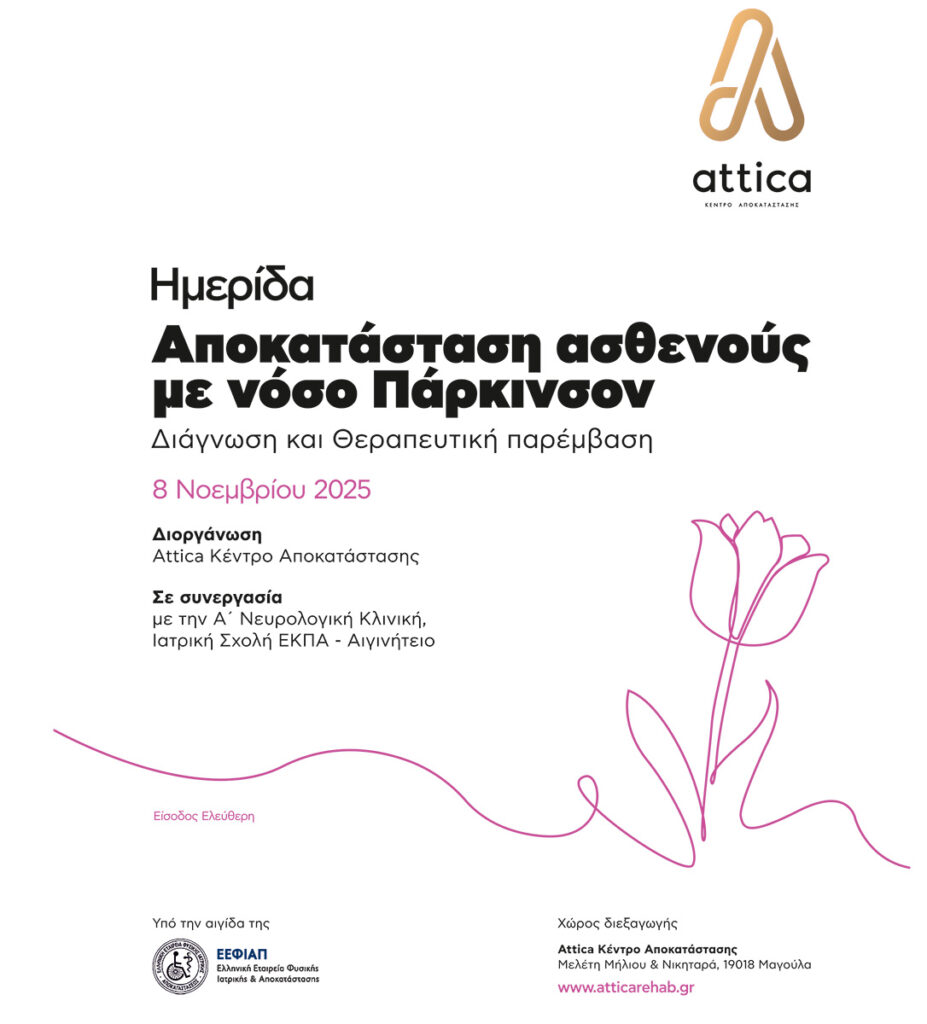TMS therapy involves using a device that delivers brief electromagnetic pulses to targeted areas of the brain that may be underactive or overactive depending on the condition. These pulses stimulate neurons in specific brain regions, aiming to alter their activity levels and improve the patient’s condition over time. The innovative Magstim® Rapid² Transcranial Magnetic Stimulation System is now available at Attica Rehabilitation & Recovery Center. This cutting-edge, non-invasive, and drug-free treatment method is designed to rehabilitate brain-related conditions effectively. TMS is suitable for adult patients with: Each patient undergoes evaluation by the specialized and certified team at Attica Rehabilitation & Recovery Center to create a personalized treatment protocol tailored to their specific needs. Therapy consists of daily one-hour sessions for up to six weeks, depending on the protocol. The team at Attica Rehabilitation & Recovery Center, certified by “The Academy of Brain Stimulation” at Maastricht University in the Netherlands, includes a Specialist Neurologist and Neuropsychologists. How is it carried out
Procedure Overview
According to international literature and clinical studies (FDA-approved in the USA), TMS is used for:
Benefits of TMS Therapy:

Who Can Benefit
Therapeutic Planning
Treatment Duration
Certified Team
- Home
- Attica
- Meet The Team
- Conditions
- Specialized Clinics
- Multiple Sclerosis Clinic
- Clinic for Muscle Tone Disorders and Spasticity
- Clinic for Neurogenic Bladder & Neurogenic Bowel
- Sports Injuries Department
- General Physical Medicine and Rehabilitation Clinic
- Cognitive Rehabilitation Clinic
- Balance & Gait Re-education Clinic
- Biomedical Acupuncture Clinic
- Speech Disorders Clinic
- PRP Injection Clinic
- Technological Innovations
- Services
- News
- Contact


